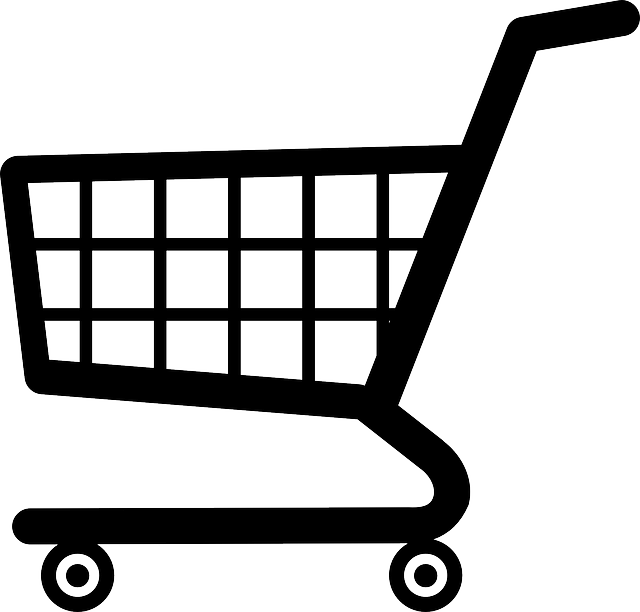An overview of how the reports menu is structured into collections in Google Analytics 4 and how you can use the reports library to customise these report collections, create new collections and add new reports of your own.
An introduction to the reports library in GA4
In this video, you will receive a quick introduction to the reports library in Google Analytics 4. To access the reports library, go to the Home menu in Google Analytics and click on “Reports.” The library is located on the left-hand side at the bottom.
Google organizes reports into collections, and there are two collections available by default “Lifecycle” and “User.” Each collection contains themed groups of reports. For example, the acquisition, engagement, monetization, and retention reports are part of the lifecycle collection. The structure of each collection includes an overview report followed by more detailed reports. These reports can be customized by adding or removing cards.
To access the library, click on the “Library” tab. You will see the collections at the top, such as lifecycle and user. By clicking “Edit collection,” you can customize the reports within each collection or create new collections. The library also displays all the available reports, including both standard and custom reports. You can edit, copy, or rename reports by selecting “More Actions.”
The library offers the option to create new reports. You can create an overview report, which consists of cards summarizing key metrics, or a detailed report. In an overview report, you can add cards by selecting from the available options. These cards can be summary cards or more detailed ones. The added cards will appear in the report and can be saved to an existing or new collection.
When creating a detailed report, you start with a blank canvas. You need to add at least one dimension (rows) and one metric (columns). Dimensions and metrics are selected from the provided list based on what makes sense for the chosen dimensions. Charts, such as line charts and bar charts, can be added or removed in the report. It’s also possible to create summary cards from the report. Once satisfied with the report, you can save it and add it to a collection.
Google Analytics 4 provides extensive customization options, allowing you to tailor the reports according to your specific requirements. Any reports you create will appear in the Reports menu, and you can add them to existing collections or create new collections. This flexibility distinguishes Google Analytics 4 from Universal Analytics.
How we can help you
If you’d like to learn more about GA4 take a look at our other GA4 resources, articles and free demo videos. We also run a regular Introduction to Google Analytics using GA4 webinar that you might find helpful if you are just getting started with GA4.


